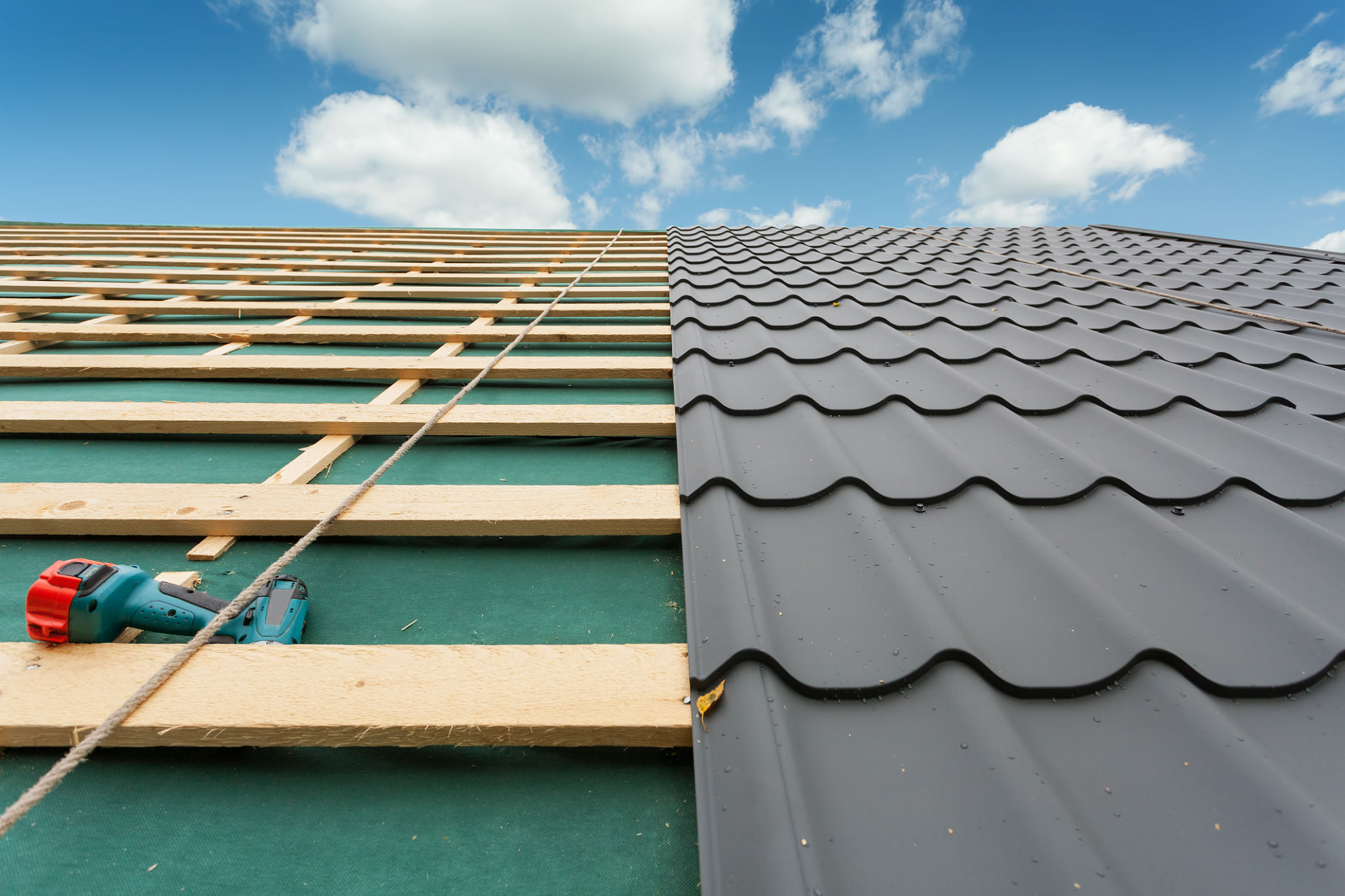The Ultimate Guide to Laser Surface Cleaning for Metal Restoration
LL
Introduction to Laser Surface Cleaning
Laser surface cleaning is revolutionizing the field of metal restoration, offering a precise and environmentally friendly alternative to traditional methods. This advanced technology uses laser light to remove contaminants, rust, and coatings from metal surfaces without damaging the base material. Whether you're dealing with delicate historical artifacts or heavy industrial equipment, laser cleaning provides a versatile solution.

How Laser Surface Cleaning Works
The process of laser surface cleaning involves directing a high-energy laser beam onto a metal surface. This intense light energy is absorbed by the contaminants or coatings, causing them to vaporize or detach from the base material. The laser parameters can be adjusted to optimize the cleaning process for different types of metals and levels of contamination.
One of the main advantages of laser cleaning is its precision. Unlike abrasive methods, which can wear away the underlying material, laser cleaning targets only the unwanted surface layer. This makes it an ideal choice for preserving the integrity of valuable or sensitive metal items.
Types of Lasers Used in Cleaning
There are various types of lasers used in surface cleaning, each with specific applications. The most common include:
- Nd:YAG Lasers: Known for their efficiency in removing rust and paint.
- Fiber Lasers: Offer precise control and are suitable for delicate surfaces.
- CO2 Lasers: Used primarily for larger surface areas.

Benefits of Laser Surface Cleaning
Laser surface cleaning offers numerous benefits compared to traditional methods, such as sandblasting or chemical treatments:
- Non-contact Process: Reduces the risk of damage to the metal surface.
- Environmentally Friendly: Does not produce waste materials like chemical residues or blasting media.
- Versatility: Effective on a wide range of metals and contaminants.
- Precision: Allows for selective cleaning without affecting surrounding areas.
Applications in Metal Restoration
Laser surface cleaning is particularly beneficial in the restoration of metal artifacts and structures. It is widely used in industries such as automotive, aerospace, and heritage conservation. The ability to clean intricate designs and delicate surfaces makes it invaluable for restoring historical items without compromising their authenticity.

Challenges and Considerations
While laser cleaning is an advanced and effective method, it is important to consider certain factors before implementation. The initial cost of laser equipment can be high, though it often pays off in reduced labor and material costs over time. Additionally, operators need to be trained to handle the equipment safely and effectively.
Another consideration is the suitability of laser cleaning for different metal types and conditions. Consulting with a professional can help determine the best approach for specific restoration needs.
Conclusion
In conclusion, laser surface cleaning stands out as a cutting-edge solution in metal restoration. Its precision, efficiency, and minimal environmental impact make it a preferred choice for both industrial applications and the preservation of historical artifacts. As technology advances, its accessibility and affordability are expected to improve, further enhancing its role in sustainable restoration practices.
